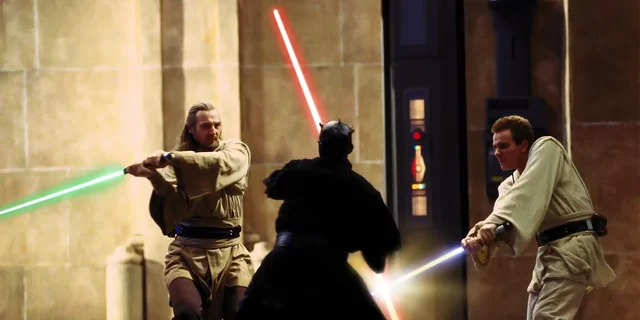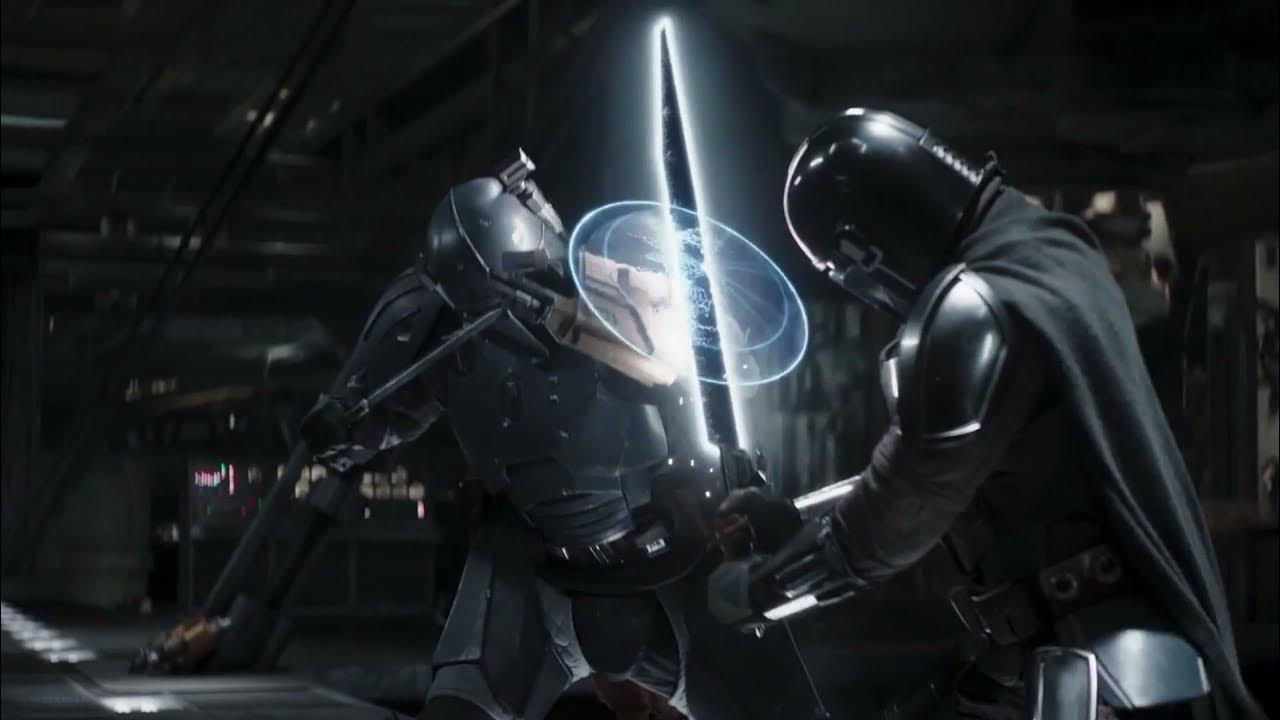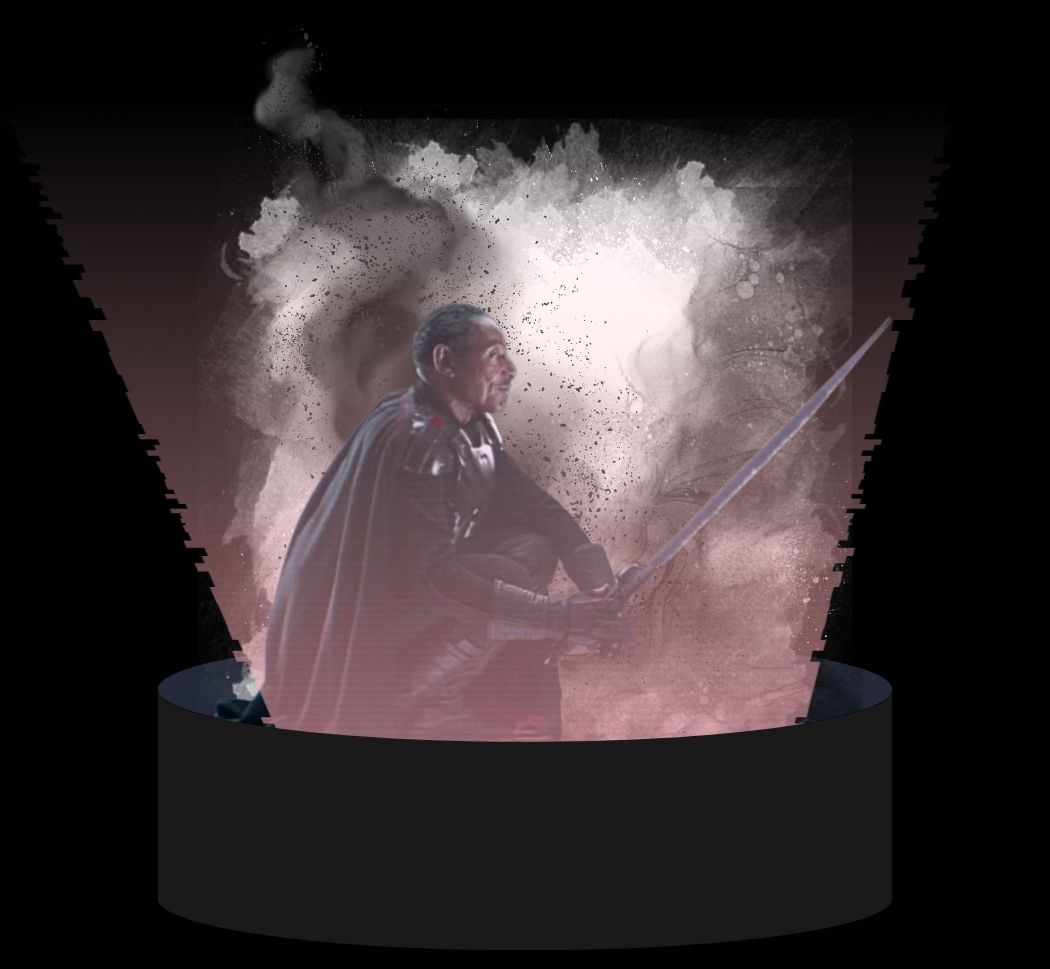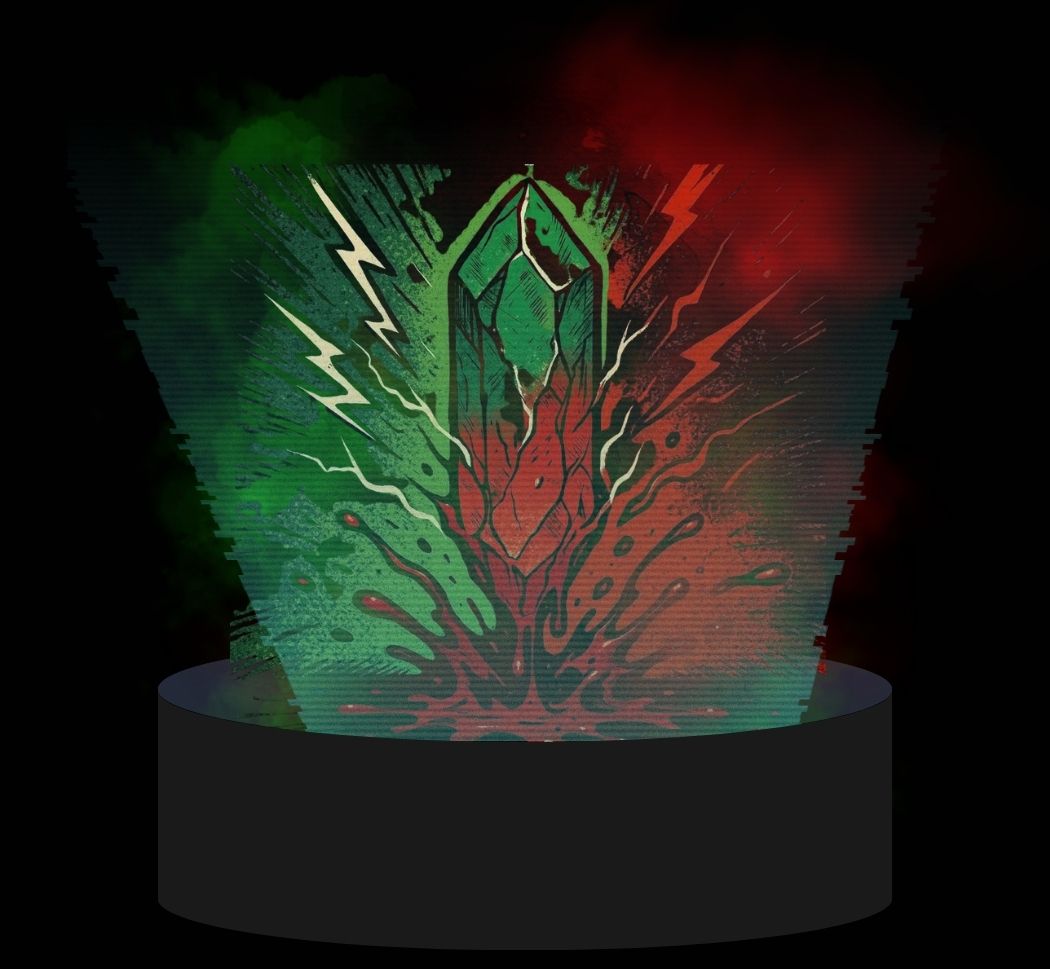Can Anyone Use a Lightsaber? Yes and No.

Not all lightsaber wielders are Jedi or Sith. While anyone can activate a lightsaber, true mastery demands skill, training, and often Force sensitivity. Characters like General Grievous, Finn, and Sabine Wren prove non-Force users can fight with sabers, but Jedi and Sith remain the most effective due to their Force-aided reflexes, discipline, and spiritual connection to their weapon.
Can Anyone Use a Lightsaber? Yes and No.
The lightsaber stands as the most iconic weapon in science fiction, instantly recognizable by fans and non-fans alike.

More than just a glowing blade of energy, it symbolizes the profound connection to the Force, identity, and legacy within the Star Wars universe. Traditionally wielded by the Jedi and Sith, the lightsaber is steeped in mystique and reverence, representing power, discipline, and spiritual balance.
However, over decades of storytelling in canon and Legends, many characters have wielded lightsabers without being Jedi or Sith—challenging the notion that this weapon is exclusively reserved for Force-users and revealing a deeper, more complex relationship between the wielder and the blade.
This article explores the multifaceted question of who can use a lightsaber, delving beyond the common perception that only Force-sensitive beings can master it.
By examining the mechanics, combat styles, famous wielders across the saga, and the mystical bond between user and weapon, we will uncover how the lightsaber, though deceptively simple in design, demands more than just brute strength—it requires discipline, connection, and purpose. In understanding this, fans gain richer insight into one of Star Wars’ most enduring symbols.
The Basics: What Is Required to Activate and Use a Lightsaber?
At a glance, activating a lightsaber may seem straightforward: anyone can press the activation button and produce the iconic blade of energy.

However, wielding the weapon effectively requires far more than this simple action. A lightsaber’s blade, while weightless, generates immense heat and energy that can cut through almost anything, demanding precise control, balance, and technique from the user.
Unlike traditional blades, the lightsaber’s unique mechanics—such as its plasma-based blade and instantaneous on/off ignition—require the wielder to adapt to a combat style not limited by physical mass but by finesse and finesse alone.
For most non-Force users, this adjustment can be challenging. Characters like Finn and even Han Solo have ignited and used lightsabers in critical moments, displaying moments of raw bravery or resourcefulness, but without formal training, their prowess is limited and often improvised.
The balance of a lightsaber hilt, its activation, and the strategic use of the blade require a deep familiarity with its nuances—a familiarity that comes with dedicated training, practice, and an understanding of the weapon’s capabilities and dangers.
Do You Need to Be Force-Sensitive to Use a Lightsaber?
Contrary to popular belief, Force sensitivity is not an absolute prerequisite for wielding a lightsaber, but it undeniably enhances one’s capability to do so masterfully.

The myth that only Jedi or Sith can use lightsabers arises from how the weapon is most commonly associated with Force-users, whose enhanced reflexes, precognition, and control make them formidable combatants.
Droids can even be force-sensitive:
Characters like General Grievous—a cyborg trained extensively in lightsaber combat without the Force—and Mandalorian leader Pre Vizsla wield the weapon successfully through skill, training, and physical prowess alone, proving that non-Force users can engage with the weapon at a high level.
Yet, Force abilities provide a significant advantage. Jedi can anticipate attacks, augment their reflexes, and even use the Force to extend their reach or control the blade in combat, making their duels fluid and deadly.
The Force acts as an extension of their will, transforming the lightsaber from a simple sword into a powerful symbol of their connection to the Force itself. Without this connection, non-Force wielders rely solely on physical skill and tactics, often facing limitations in speed, precision, or defense compared to a seasoned Jedi or Sith.
Famous Non-Force Users Who Used Lightsabers
Several notable characters in Star Wars lore have wielded lightsabers without possessing Force sensitivity, illustrating the weapon’s broader accessibility.
General Grievous is a prime example, his cybernetic enhancements granting him the physical abilities to use four lightsabers simultaneously with lethal effectiveness, despite lacking any Force sensitivity.

Finn’s daring use of Anakin Skywalker’s blue lightsaber in The Force Awakens, though untrained, demonstrated the power of courage and adaptability in untrained hands—even as his skills were raw and improvised.
Han Solo famously activated Luke’s lightsaber to cut open a tauntaun in The Empire Strikes Back, a pragmatic use that highlighted the lightsaber’s utility beyond combat. Sabine Wren from Star Wars Rebels trained with the unique Darksaber under Kanan Jarrus’s guidance, blending Mandalorian martial techniques with lightsaber combat despite her non-Force background.
These examples reveal that while the lightsaber remains most effective in Force-sensitive hands, determination, skill, and circumstance allow non-Force users to wield it with varying degrees of success and impact.
Why Jedi and Sith Are the Best Wielders
The superiority of Jedi and Sith in lightsaber combat stems primarily from their deep connection to the Force, which enriches their physical and mental capabilities during duels.

They do not simply swing the saber; they perceive the flow of combat through precognition and heightened reflexes, enabling them to anticipate and counter their opponents’ moves nearly effortlessly.
Styles such as Ataru, Niman, and Vaapad incorporate the Force’s guidance to blend offense and defense into seamless and deadly movements, transforming the lightsaber into an extension of their very being.
Beyond physical advantage, the lightsaber embodies the wielder’s will—Jedi and Sith channel the Force into the weapon, influencing not only their attacks but how the blade interacts with the battlefield.
This metaphysical connection elevates lightsaber combat from mere swordplay to an art form intertwined with spiritual discipline and emotional control. Consequently, the weaponous both physical and symbolic mastery is a hallmark of true Jedi and Sith skill, often leaving non-Force users at a significant disadvantage.
Lightsaber Combat: It’s an Art, Not Just a Swing
Lightsaber combat in Star Wars is governed by seven recognized forms, each with distinct philosophies and tactics.

From the aggressive and acrobatic Form IV (Ataru) to the defensive and powerful Form III (Soresu), mastery of these styles requires years of rigorous training, discipline, and mental focus.
The seemingly effortless strikes of a Jedi or Sith belies extensive practice, with even Force sensitivity insufficient to replace foundational skill and technique.
Younglings undergo the ritualistic “Gathering” to find their kyber crystals, a deeply symbolic act initiating their journey into lightsaber mastery.
This early stage includes learning respectful control and comprehension of the blade’s nuances, emphasizing that even the most gifted must honor the weapon’s power. Without adherence to these principles, combatants risk falling prey to the weapon’s dangers, and even Force users have faltered when neglecting form and discipline.
The Darksaber: A Weapon That Resists Its Wielder
The Darksaber stands apart among lightsabers as a unique weapon that appears to have a will of its own, challenging its wielder to prove their worthiness.

Unlike regular sabers, the Darksaber’s blade carries a heavier, more tangible weight, metaphorically and literally, which can increase if the user lacks resolve or clarity of purpose.
This made Sabine Wren’s training notably strenuous, as she grappled not just with the saber’s power but its demand for internal discipline and focus.
The Darksaber thus symbolizes the symbiotic relationship between wielder and blade, reinforcing that intention and mental strength are as critical as raw skill or Forcepower.
This icon of Mandalorian heritage serves as a harsh reminder that mastery over a lightsaber is as much about inner harmony and determination as it is about technique—highlighting that the art of wielding these weapons transcends simple combat.
Kyber Crystals and Their Bond: Can Anyone Just Pick Up a Saber?
Kyber crystals are at the core of every lightsaber’s power, reputed to ‘choose’ their wielders in a sacred bond, especially among Jedi.

While a lightsaber may function mechanically in anyone’s hands, it often fails to resonate deeply unless forged through a personal connection.
Ahsoka Tano’s purification of red crystals into white ones, after rejecting Sith corruption, and Rey’s unique yellow lightsaber, symbolic of forging her own path, underscore the intimate relationship between crystal and wielder.
This bond influences the saber’s effectiveness, reflecting the user’s identity and state of mind. A lightsaber built without this alliance may operate but lacks the harmony seen with Jedi or Sith weapons. Consequently, random wielders may hold the blade, but true mastery and the saber’s full potential are realized only when crystal, user, and Force coexist in balance.
Legends Lore: Force-Imbued Weapons vs. True Lightsabers
In Legends continuity, the history of Force-based weaponry is richer and more varied, featuring Force-imbued swords and other arms predating the modern lightsaber.

These ancient weapons, often forged with raw Force energy or crafted by Force users outside the Jedi tradition, highlight eras when personal combat and Force mastery took different forms. Sometimes wielded by non-Jedi or Sith sects, they exhibit a broader spectrum of the Force’s influence on weaponry.
Such Force-imbued weapons provide context to the evolution of lightsabers, showing that while the lightsaber became the symbol of Jedi and Sith, “true” Force weapons have existed in diverse shapes.
This lore expands the Star Wars universe’s understanding of how connection to the Force and skill can empower many forms of combat beyond the iconic sabers.
Final Thoughts: Who Should Use a Lightsaber?
Ultimately, while many can technically activate and wield a lightsaber, true mastery demands far more than mere accessibility.
The Force flows differently through individuals—few achieve the clarity, discipline, and harmony necessary to wield the weapon as an extension of their will. Lightsabers embody a spiritual and martial ideal, requiring not just skill but purpose, training, and a balanced mind to fully command.
Thus, not just anyone should bear a lightsaber, despite the weapon’s allure and iconic status. The Force may be present within all life, but this weapon demands respect, humility, and responsibility.
A lightsaber represents a covenant between the wielder and the Force itself—a delicate bond earned through trials and intent, making wielding it a sacred privilege rather than an easily attainable right.


















.jpg)
